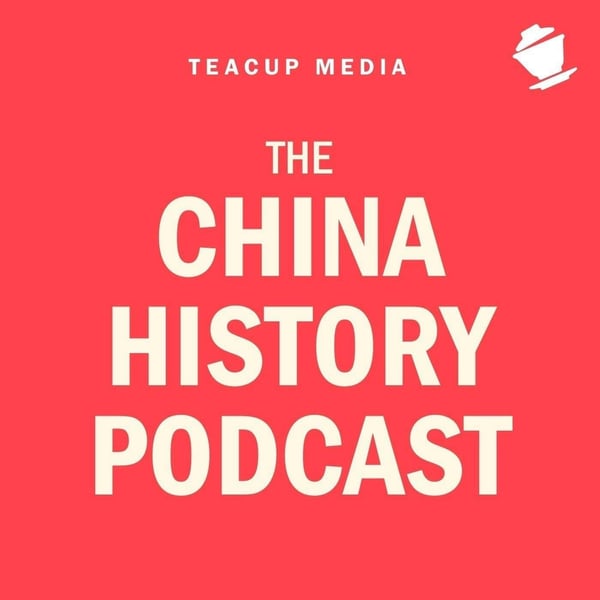Ep. 219 | The History of Tang Poetry (Part 2)
The China History Podcast
Laszlo Montgomery
4.8 • 1.2K Ratings
🗓️ 8 April 2019
⏱️ 29 minutes
🧾️ Download transcript
Summary
Transcript
Click on a timestamp to play from that location
| 0:00.0 | Welcome back again everyone. Lhasla Montgomery here with another China History podcast, part two in this little series that is deceptively build, so far that is, is a history of tongue poetry anyone who wandered over to this booth to hear about leap by |
| 0:17.6 | Got short changed last episode |
| 0:20.3 | No tongue dynasty poetry in part, but at least you didn't walk away totally empty-handed. |
| 0:26.6 | We did look at the two great classics of pre-Chine Dynasty literature, the Book of Odes, aka the Sheiljing, and the work credited to China's first |
| 0:39.1 | literati poet, Chiuyan, of Chu State. The songs are verses of Chu, the Chu-Sse. A sse was a new and exciting form of |
| 0:49.6 | laryic poetry that was a drastic departure from what everyone had grown used to in the Joe and early Han dynasty. |
| 0:58.0 | These two most ancient works of Chinese poetry are also called the Shur Sal |
| 1:03.4 | for the two works that make up this most hallowed duo |
| 1:07.8 | of ancient Chinese literature. |
| 1:10.1 | The Shurjing and the Tsi poetry that also came to be called Sao poetry because of the 92 |
| 1:17.0 | four-line stanzas of Chuyuwen's masterpiece, Lee Sao, encountering sorrow, a poem that throughout the centuries became synonymous with patriotism, |
| 1:28.0 | loneliness, and a good and righteous minister wrongly rejected by his emperor. |
| 1:33.7 | All from last episode. |
| 1:36.2 | Today in part two we'll trace the poetry history timeline from where we left off last |
| 1:41.0 | time. |
| 1:42.0 | The commencement of the Han Dynasty, when the Suh form of poetry |
| 1:46.8 | at a big fan in the capital, Chang'an, the Emperor Han Gaozu himself. As with many other cultures, whatever was unvogue at the royal palace, |
| 1:57.7 | ultimately became the fashion followed by the aristocrats and nobles, |
| 2:01.7 | and anyone else who had the dush to be like them. |
| 2:04.8 | By the start of the Han, poetry had become the most common form of self-expression and |
| 2:11.2 | social criticism. It became not only part of the government, |
| 2:14.8 | but the political process as well. Using poetry at the royal court and amongst |
... |
Please login to see the full transcript.
Disclaimer: The podcast and artwork embedded on this page are from Laszlo Montgomery, and are the property of its owner and not affiliated with or endorsed by Tapesearch.
Generated transcripts are the property of Laszlo Montgomery and are distributed freely under the Fair Use doctrine. Transcripts generated by Tapesearch are not guaranteed to be accurate.
Copyright © Tapesearch 2025.

